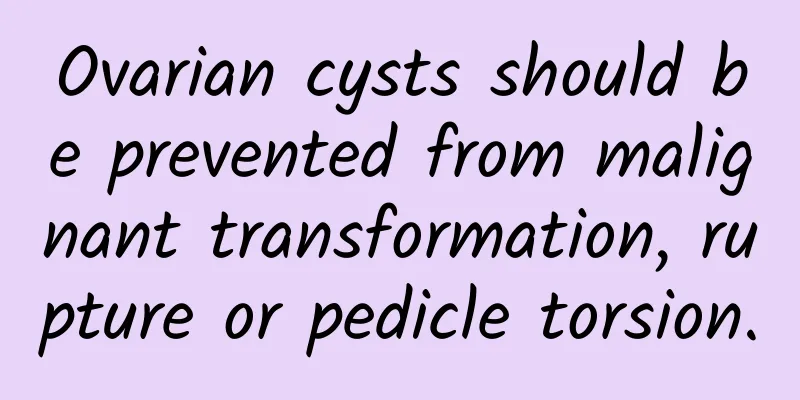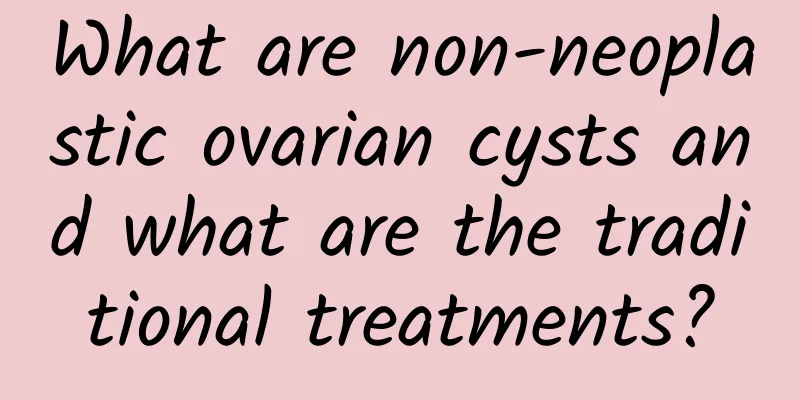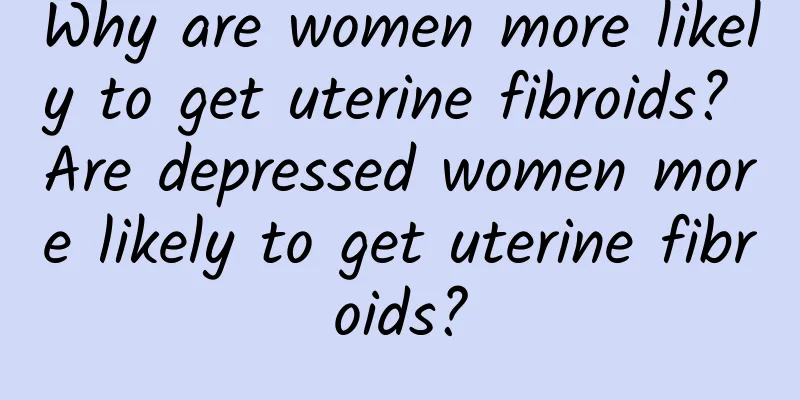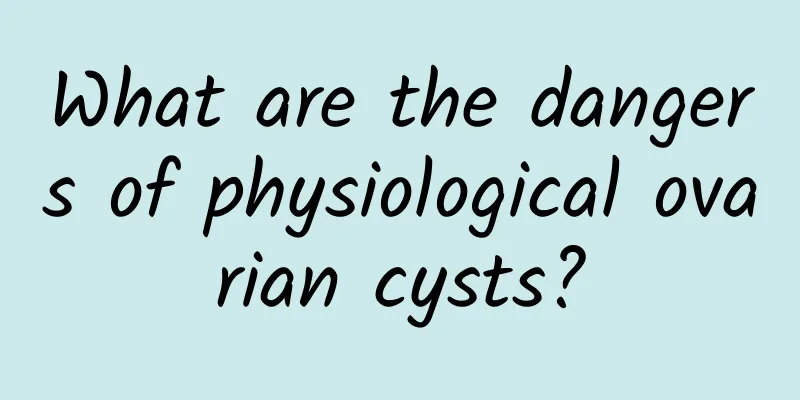Ovarian cysts should be prevented from malignant transformation, rupture or pedicle torsion.

|
If ovarian cysts are not treated promptly, the following complications are likely to occur. 1. Malignant transformation of ovarian cysts Malignant transformation of ovarian cysts generally occurs in older patients, especially postmenopausal women. The cysts can rapidly increase in size in a short period of time, causing patients to feel abdominal distension, loss of appetite, etc. Gynecological examinations show that the cysts are relatively fixed and significantly increased in size, and most of them are accompanied by ascites. Symptomatic treatment should be given in a timely manner. 2. Ovarian cyst pedicle torsion Ovarian cyst pedicle torsion is a gynecological acute abdomen, which often occurs when the body position changes suddenly, in early pregnancy or after delivery. During the examination, it can be found that the cyst is more mobile and the center of gravity is biased to one side. After the cyst pedicle torsions, the venous return of the cyst will be inhibited, resulting in purple-brown congestion and even blood vessel rupture. If the onset of pedicle torsion is acute, the patient will suddenly experience severe pain in the lower abdomen, which may be accompanied by nausea, vomiting, and even shock in severe cases. Due to the tension of the abdominal wall muscles on the affected side, the examination shows that the local tenderness is more obvious and the tension of the mass is greater. 3. Rupture of ovarian cyst Ovarian cyst rupture is mainly caused by ischemic necrosis of the cyst wall or erosion of the cyst wall. It can also be induced by adverse stimulation such as local squeezing or trauma. The patient will experience severe abdominal pain, accompanied by nausea, vomiting, and even shock. During the examination, abdominal irritation signs such as local tenderness and rebound pain are more obvious, and the original mass will shrink or disappear. |
<<: Vulvar leukoplakia needs to be differentiated from various types of dermatitis
>>: Donkey-hide gelatin diet therapy for patients with irregular menstruation
Recommend
What should I pay attention to if progesterone is low and there is threatened miscarriage?
What should I pay attention to if progesterone is...
Why is cervical erosion becoming more and more common at younger ages? What should you pay attention to in your diet for cervical erosion?
Why are cervical erosion happening to younger and...
Cost of conservative treatment for hyperprolactinemia
With the continuous development of medicine, ther...
Everyone needs to understand in detail the causes of adnexitis
The occurrence of adnexitis will seriously affect...
When weight loss reaches a plateau! 2 Qi-boosting tea promotes metabolism and helps you lose weight faster
"I've been working out and controlling m...
Does ectopic pregnancy endanger your health?
Ectopic pregnancy can endanger your health and ma...
Winter stew is a good time! A female Chinese medicine practitioner teaches you how to DIY herbal medicine
The weather in autumn and winter is unstable with...
How much does a uterine fluid test cost?
Many female patients want to know the cost of tre...
How to Remove a Chocolate Cyst
How to remove a chocolate cyst? Chocolate cysts a...
What should I do if vaginitis cannot be cured for a long time?
What should I do if vaginitis cannot be cured for...
What are the symptoms of different pelvic inflammatory diseases?
The symptoms of pelvic inflammatory disease can u...
What are the examination items for pelvic peritonitis
In daily life, women need to pay attention to pel...
What are the dangers of long-term amenorrhea?
What are the dangers of long-term amenorrhea? No ...
Predisposing factors for acute pelvic inflammatory disease
Acute pelvic inflammatory disease is more common ...
What are the dietary treatments for uterine effusion?
The occurrence of uterine effusion brings great i...









